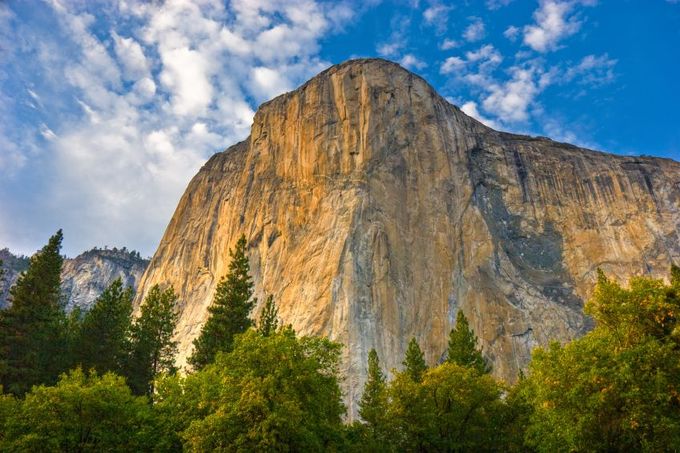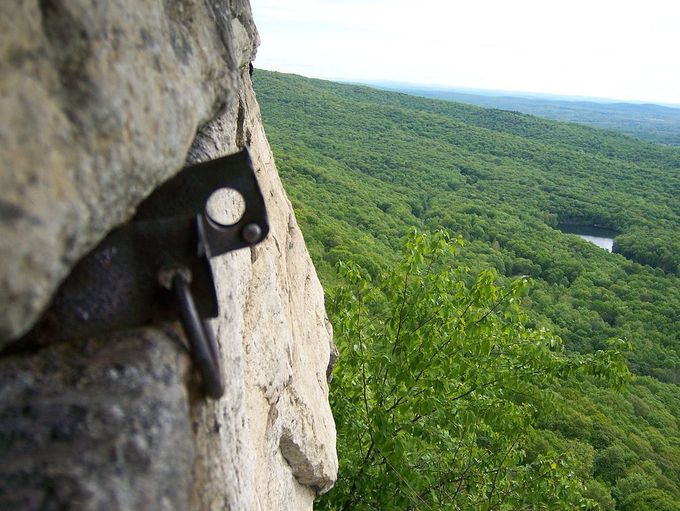Climbing El Capitan is a challenge that draws people from all over the world. For decades this North American peak has had an irresistible appeal for climbers, hikers, mountaineers and base jumpers, becoming an icon of both America’s geographical and cultural landscape.
El Capitan has been immortalised on bumper stickers, coins, as the name of Apple’s latest operating system and you can even visit it on Google Earth so what’s the story behind this legendary US mountain?
The Mountain

El Capitan stands 900m (3000ft) above the scenery of Yosemite National Park in California. To put that in perspective, that’s bigger than the world’s tallest building, the Burj Khalifa, and almost the same height as three Shards stacked on top of each other.
El Capitan means ‘the chief’ or ‘captain’ in Spanish which is probably a loose translation of the Native American name for the mountain, made by a Californian militia battalion who explored the Yosemite Valley in the 1850s.







